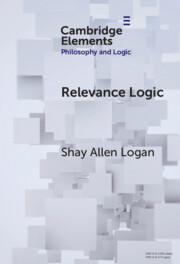Background: International research identifies indigeneity as a risk factor for traumatic brain injury (TBI). Aotearoa New Zealand studies show that mokopuna (grandchildren; used here to encompass the ages and stages of infant, child and adolescent development and those in young adulthood) are significantly overrepresented in TBI populations. The important role of whānau (family) is also well established in child and adolescent TBI scholarship. Despite awareness of these factors, no studies have been identified that explore whānau knowledge about mokopuna TBI. The aim of this study was to explore two questions: (1) What do Māori people say about mokopuna TBI in the context of the Māori cultural belief that the head is the most sacred part of the body? and (2) How could this information be used to build theory that could inform addressing the rehabilitation needs of this group?
Method: Eighteen marae wānanga (culture-specific fora in traditional meeting houses) were held. The wānanga typically lasted approximately 2 hours. Footage and written transcripts were analysed using Rangahau Kaupapa Māori (Māori indigenous research methods).
Results: The wairua theory of mokopuna TBI proposes that TBI not only injures brain anatomy and physiology but also injures wairua (defined here as a unique connection between Māori and all aspects of the universe). Injury to wairua means that culturally determined interventions are both indicated and expected. The wairua theory of mokopuna TBI thereby provides a guide to intervention.
Conclusion: A Māori theory of mokopuna TBI has been identified which describes a culture-specific aspect of TBI. This theory proposes that pre-existing whānau knowledge salient to TBI is critical to optimising recovery. Further research is needed to test this theory not only in TBI but also in other areas such as in mental illness, neurodegenerative disease and addiction.
